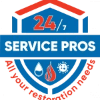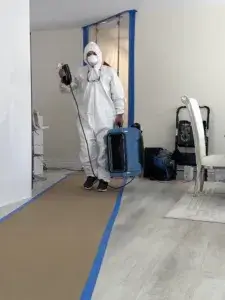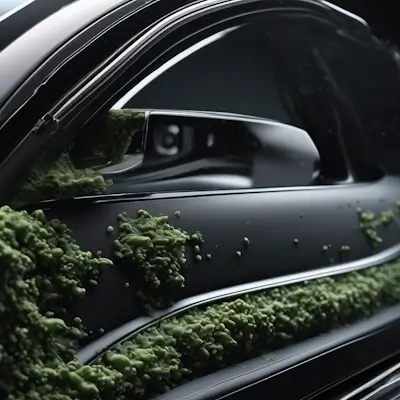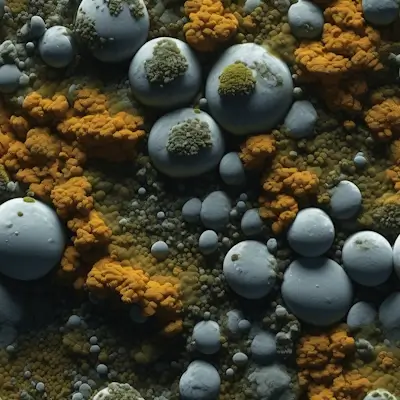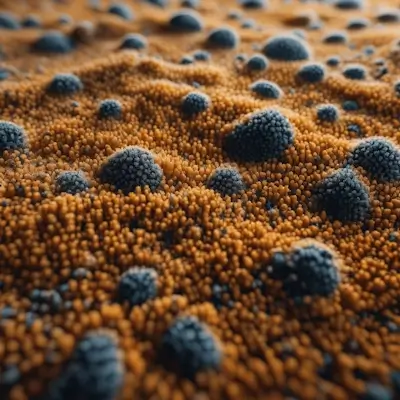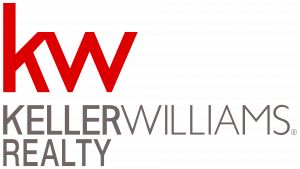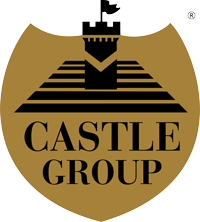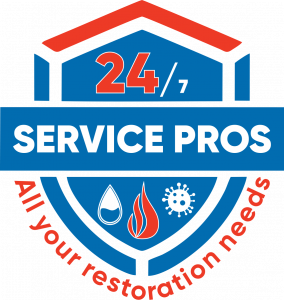Investing in a thorough mold inspection during the home-buying process can prove to be a wise decision, potentially saving you significant expenses and avoiding numerous hassles in the long run.
When buying a house, it’s essential to ensure that it’s in good condition and safe for you and your family. One of the potential issues that can arise in any property is the presence of mold. Mold can cause health problems and damage to the property if left untreated. Therefore, a mold inspection is a crucial step in the home-buying process.
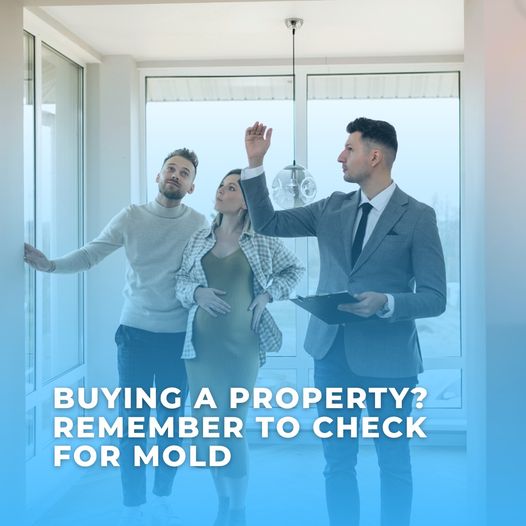
Table of contents
- What is Mold?
- Why is Mold a Problem?
- The Importance of a Mold Inspection
- The Intricacies of a Mold Inspection
- Mold Inspection Time
- Unveiling the Process: What Happens If Mold Is Found During a Home Inspection?
- What are some common misconceptions about mold?
- Who Pays for Mold Inspection – Buyer or Seller?
- Cost of Mold Remediation
- Conclusion
- Сontact us for a professional free mold inspection
What is Mold?
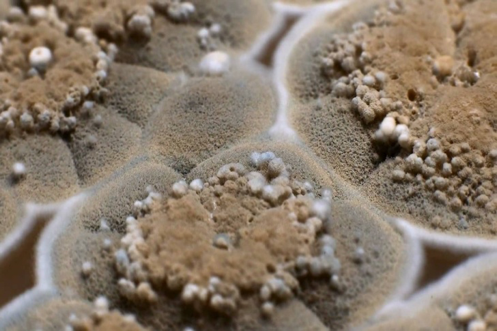
Mold is a fungus found in wet and humid places. It can be found both indoors and outdoors and comes in various types and colors. Some molds are harmless, while others can cause allergies, asthma attacks, and other respiratory problems.
Types of Molds
There are over a thousand types of molds that can be found in homes in the U.S., but the most common types include Aspergillus, Cladosporium, Penicillium, Alternaria, and Stachybotrys Chartarum (also known as black mold).
Why is Mold a Problem?
Mold can be a problem for several reasons. Firstly, it can damage structural integrity of a house. Mold feeds on organic material, such as wood and drywall, causing it to rot and weaken over time. Secondly, as mentioned earlier, mold can lead to health issues, especially in people with allergies or respiratory conditions. Lastly, the presence of mold can significantly decrease a property’s value, making it a crucial factor to consider when buying a house.
The Prevalence of Mold: According to the World Health Organization, up to 50% of indoor environments in North America, Europe, and other developed countries may be affected by indoor dampness and mold.
The Importance of a Mold Inspection
A mold inspection is typically performed by a professional mold inspector who has the knowledge and tools to detect mold, even in hard-to-reach areas. A mold inspection can give you peace of mind and save you from potential health risks and costly repairs in the future. This is a general guide and may not cover all aspects of mold inspection. For professional help, consider reaching out to a company that specializes in mold removal, mold remediation, or water damage restoration.
The Intricacies of a Mold Inspection
A mold inspection is a meticulous process that involves several stages, each designed to ensure a thorough and accurate assessment of the property. Here’s an in-depth look at what you can expect:
Stage One: Initial Visual Inspection
The first step in a mold inspection is a comprehensive visual examination of the property. The inspector will be on the lookout for signs of mold growth, such as discoloration or water damage. They will also scrutinize areas that are prone to dampness, such as bathrooms, basements, and around windows. This stage is crucial for identifying potential problem areas that may require further investigation.
Stage Two: Moisture Testing
Given that mold thrives in damp conditions, the inspector will employ a moisture meter to measure the level of moisture in various parts of the house. High moisture levels can indicate a potential for mold growth. This step is vital for pinpointing areas where mold is most likely to occur.
Stage Three: Air Sampling
Air sampling is a critical component of the mold inspection process. The inspector collects air samples from various locations in the house and sends them to a lab for analysis. The results can find concentration of mold spores in the air. This information is crucial for assessing the severity of the mold issue.
Stage Four: Surface Sampling
In addition to air sampling, the inspector may also take surface samples. This involves swabbing areas where mold is suspected or visible. These samples are also sent to a lab for further analysis. However, it’s important to note that this testing method does not provide information about the concentration of mold spores present.
Stage Five: Inspection Report
After the inspection, the inspector will provide a detailed report. This report will include the findings of the inspection, lab results, and recommendations for mold remediation if necessary. This document serves as a comprehensive guide for addressing the mold issue.
Remember, a mold inspection is not just about finding mold. It’s about identifying the conditions that allow mold to grow and providing solutions to prevent future growth.
Mold Inspection Time
A typical mold inspection takes between 20 minutes to an hour per room, depending on the size of the property and the number of areas to be inspected
| Step | Description | Approximate Time |
| Initial Visual Inspection | The inspector looks for visible signs of mold growth and areas prone to dampness. | 10-15 minutes per room |
| Moisture Testing | The inspector measures the level of moisture in various parts of the house. | 5-10 minutes per room |
| Air Sampling | The inspector collects air samples and sends them to a lab for analysis. | 10-15 minutes per room |
| Surface Sampling | The inspector swabs areas where mold is suspected or visible for further lab analysis. | 10-15 minutes per room |
| Inspection Report | The inspector provides a detailed report of the findings. | NA |
Unveiling the Process: What Happens If Mold Is Found During a Home Inspection?
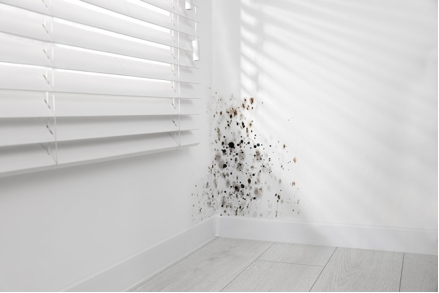
The discovery of mold during a home inspection can be a source of anxiety for many prospective homeowners. However, it’s crucial to understand that mold is a common issue that can be effectively managed and resolved. Here’s an in-depth look at what happens if mold is found during a home inspection:
The Revelation: Discussing the Findings
When mold is detected during a home inspection, the mold inspector will meticulously document the findings. This includes noting the type of mold, its location, and the extent of the infestation. The inspector will then discuss these findings with you, providing a comprehensive understanding of the situation. They will also provide you with a detailed inspection report, which serves as a valuable resource for understanding the mold issue.
The Decision: Plotting the Next Steps
Upon the discovery of mold, you are faced with a critical decision. You could negotiate with the seller to have the mold remediated before closing. Alternatively, you could adjust the sale price to account for the cost of mold remediation. In some cases, you might decide not to proceed with the purchase. This decision is highly personal and depends on various factors, including the severity of the mold issue and your comfort level.
The Action: Engaging a Mold Remediation Company
If you decide to proceed with the purchase and tackle the mold issue, the next step is to engage a mold remediation company. These professionals are equipped with the necessary tools and expertise to safely remove the mold and repair any damage it may have caused. It’s important to hire professionals for this task to ensure it’s done correctly and safely.
The Confirmation: Post-Remediation Inspection
Once the remediation process is complete, a post-remediation inspection is performed. This inspection ensures that all mold has been removed and that the underlying issues causing the mold have been addressed. This step is crucial for confirming the success of the remediation process and ensuring the safety of your future home.
Remember, the discovery of mold is not a deal-breaker. It’s a common issue that can be resolved with professional help. The key is to approach the situation with knowledge and understanding, enabling you to make informed decisions that protect your health and investment.
What are some common misconceptions about mold?
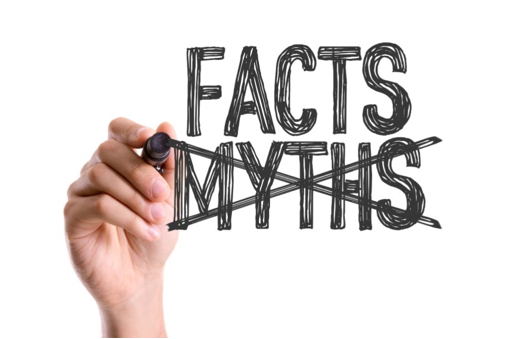
Several misconceptions about mold can lead to misunderstandings about its impact and how to deal with it. Here are some common ones:
1. Only Black Mold is Dangerous
One of the most common myths about mold is that only black mold is dangerous. In reality, the color of mold has nothing to do with its toxicity. Any type of mold can cause health complications, especially if left untreated.
2. Mold is Always Visible
Another common myth is that mold is always visible. In reality, mold can grow in hidden places, such as inside walls, under carpets, and in air ducts. Just because you can’t see mold doesn’t mean it’s not there.
3. Bleach Kills Mold
Many people believe that bleach is an effective way to kill mold. While bleach can kill some types of molds on non-porous surfaces, it’s not effective on porous surfaces, such as wood or drywall. Bleach can make the problem worse by releasing mold spores into the air.
4. Your Home Can Be 100% Mold-Free
Another common mold myth is that your home can be 100% mold-free. In reality, mold spores are present everywhere, both indoors and outdoors. While it’s impossible to eliminate mold from your home, you can take steps to prevent mold growth.
5. Mold is Harmless
Some people believe that mold is harmless and that it’s just a cosmetic issue. In reality, mold can lead to health issues, especially in people with allergies or respiratory conditions. The presence of mold can significantly decrease a property’s value if left untreated.
6. Mold Can’t Grow on Inorganic Surfaces
Many people think mold can only grow on surfaces that are living (like food and fruit), or that were once living (like wood and paper). In reality, mold can grow on many types of surfaces, including inorganic ones.
Remember, understanding the truth about mold can help you take the necessary steps to prevent mold growth and address mold problems promptly.
Who Pays for Mold Inspection – Buyer or Seller?
When it comes to who pays for the mold inspection, it can vary depending on the agreement between the buyer and the seller. Here’s what you need to know:
Buyer’s Responsibility
Typically, the buyer is responsible for paying for the mold inspection. This is because the buyer is the one who requests the inspection to ensure the property is in good condition. The cost of a mold inspection can vary, but it’s usually a small price to pay for the advantages it provides.
Seller’s Responsibility
In some cases, the seller might agree to pay for the mold inspection. This could be a gesture of good faith or part of the negotiation process. If the seller is confident that there’s no mold, they might agree to pay for the inspection to reassure the buyer.
Shared Responsibility
Sometimes, the buyer and the seller might agree to share the cost of the mold inspection. This could be a compromise if the seller is unwilling to pay for the entire inspection but is willing to contribute towards it.Remember, who pays for the mold inspection is something that should be discussed and agreed upon before the inspection takes place. It’s always a good idea to have this discussion early in the home-buying process to avoid any misunderstandings or disputes later on.
Cost of Mold Remediation
The cost of mold remediation can vary greatly depending on the size of the area affected and the extent of mold growth.
Conclusion
Buying a house is a significant investment, and it’s crucial to ensure that the property is in good condition. One of the potential issues that can arise in any property is the presence of mold. Mold can cause health problems and damage to the property if left untreated. Therefore, a mold inspection is an essential step in the home-buying process.
A mold inspection involves a thorough examination of the property to identify and assess the presence of mold. It’s typically performed by a professional mold inspector who has the knowledge and tools to detect mold, even in hard-to-reach areas. A mold inspection can give you peace of mind and save you from potential health risks and costly repairs in the future.
If mold is found during the inspection, it’s important to discuss the findings with the inspector and decide on the next steps. This could involve negotiating with the seller to have the mold remediated before closing, adjusting the sale price to account for the cost of mold remediation, or in some cases, deciding not to proceed with the purchase.
Сontact us for a professional free mold inspection
Remember, finding mold is not a deal-breaker. It’s a common issue that can be resolved with professional help. If you need assistance with mold removal, mold remediation, or water damage restoration, consider reaching out to 24/7 Service Pros.
We are a restoration service company based in Davie, Fl and serving South and Center Florida. Our certified restoration technicians have the skill, certifications, and experience to quickly and efficiently restore your property to pre-loss condition. We are equipped with the latest industry techniques, tools, and technology to provide you with superior results.
We are ready to respond 24/7 and work closely with your insurance company to ensure that your claim is handled efficiently and fairly. You can trust us to handle all the details and get your property back to its pre-loss condition as quickly as possible.
Which Areas We Serve in Florida?
We proudly serve all suburbs across South Florida, ensuring prompt and reliable mold removal services wherever you are in the region.
- Hollywood
- Davie
- Miami Beach
- Weston
- Hallandale Beach
- North Miami Beach
- Sunrise
- Tamarac
- Coconut Creek
- Margate
- Pembrock Pines
- Dania Beach
- Lauderhill
- Fort Lauderdale
- Miami
- Boca Raton
- Hialeah
- Delray Beach
- Pompano Beach
- Deerfield Beach
- Coral Springs
- Plantation
- Doral
- Aventura
- Miramar
- Sunny Isles Beach
